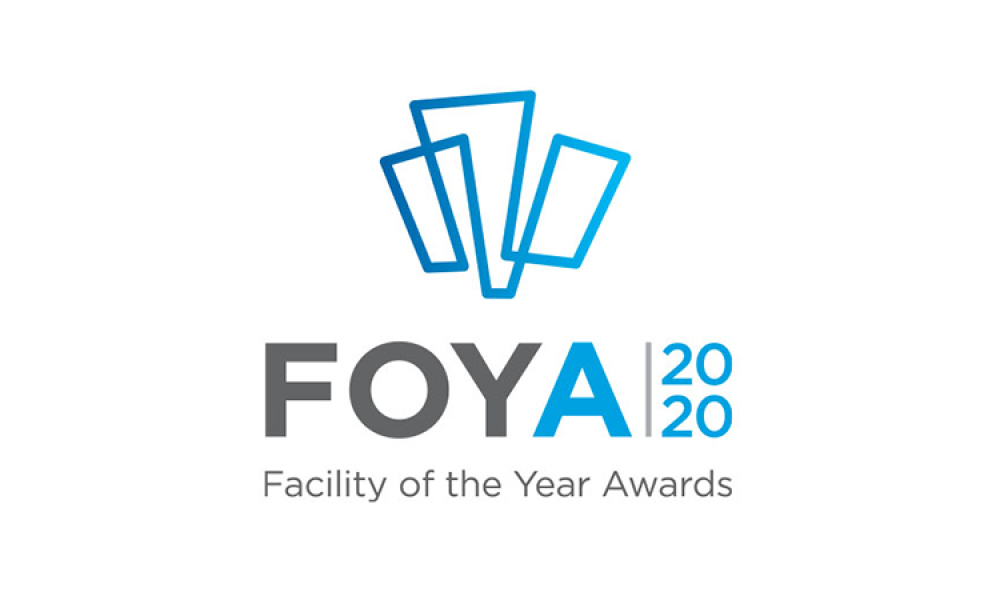Serialization Deadlines Are Looming

Whether serialization deadlines have arrived or are imminently approaching, smaller companies along pharmaceutical supply chains are scrambling to prepare—and for many, it’s a problem. TraceLink, a track-and-trace network for pharmaceuticals, estimates that half of contract manufacturing organizations won’t be compliant in time to meet serialization regulations in the United States and Europe.1
“The nuclear scenario is that regulators will say, ‘No compliance, no business,’” said Mark Davison, Senior Operations Director, Europe, at rfxcel, a track-and-trace software provider. “The FDA (US Food and Drug Administration) is not prepared to push that button yet. Its deadline for compliance has been kept, but enforcement has been pushed back until November 2018. That’s a holiday for those who are not yet ready, but I expect the FDA to come down hard after that. We are not seeing any slowdown in customer activity.”
Serialization regulations are meant to reduce the threat of falsified and/or stolen drugs, enhance supply chain integrity, and ensure patient safety. The European deadline for serialization implementation is February 2019.
“Generally, the industry has been slow to adopt serialization,” said Eric Tjoa, CEO of Tjoapack, a pharmaceutical packaging company. “There is a widespread misconception that introducing serialization to packaging lines is a simple process, and because of this, many companies involved in the manufacturing, packaging, and distribution of drug products are underprepared. Companies just starting to consider serialization will struggle to fully implement a compliant solution in time.”
- 1Stanon, D. “Half of CMOs Unprepared for Serialisation Requirements, Says Tracelink.” In-PharmaTechnologist.com. 27 March 2017. https://www.in-pharmatechnologist.com/Article/2017/03/28/Half-of-CMOs-unprepared-for-serialization-requirements-says-Tracelink

SERIALIZATION AND TRACEABILITY
Regulations require that pharmaceutical products at the saleable unit* (e.g., bottle, vial, blister pack), secondary packaging (carton), and shipping (pallet, container) levels be labeled with a unique product identifier, usually as both human-readable numbers and as a scannable barcode or 2D data matrix code (DMC). These regulations differ from country to country.2 In the United States, saleable units must be labeled with a DMC that carries the product’s serial number, global trade item number (GTIN), batch number, and expiration date. In the European Union, packaging labels must also bear a national reimbursement code, if applicable. These labels allow products to be tracked from point of manufacture to dispensation.
“Luckily, within the diversity of detail, there is a common theme that mostly follows the GS1† data structure,” said Davison. “This means that a company that can meet the regulations of one country typically has the systems needed to meet all of them, with some additional configuration.”
MAKING THE BUSINESS CASE
By streamlining operations and logistics, serialization and traceability offer business advantages beyond compliance.
“End-to-end visibility will lead to better supply chain management,” said Tjoa. “Companies will be able to analyze serialization data to gain strategic insight into their operations.” Increased visibility of stock levels will allow for more accurate order forecasting, which will reduce stock levels across the supply chain and potentially save the industry billions of dollars. “It will continue to drive consolidation across distribution networks, simplifying supply chains and lowering costs.”
Davison sees serialization as a step toward personalized medicine. “We think that if we can link the patient to individual medicines then we can start to personalize their experience and drive up adherence. We can link medication to reimbursement and link reimbursement of medical professionals to the health outcomes that they generate and to the medicines they prescribe. It will allow society to justify choices as opposed to merely paying for products.”
- 2WIPOTEC Group. “Track & Trace Around the Globe.”

SECURING DATA, MANAGING COSTS
“The amount of data to be stored and shared is significant,” said Davison. “Companies will generate billions of code numbers every year as well as monitor business transactions as products move through the supply chain.”
Auditing and security issues are both central and disseminated, involving internal databases and information that needs to be shared with business partners and regulators. While blockchain‡ is being discussed as a means of securely sharing data among companies, partners, and regulators, Davison is currently unconvinced. “I haven’t seen a mature industrialized offering yet, though it’s being trialed in a number of areas and will have a place in the future. An issue to be investigated is whether it will it be appropriate for the high volume of data points that serialization will produce.”
∗ These are saleable units only in the United States.
† A nonprofit organization that develops and maintains global standards for barcodes and other unique identifiers.
‡ Originally devised for Bitcoin, blockchains are “blocks” of digitized, decentralized, linked, and secured information that reside on millions of computers. For more information see: https://hbr.org/2017/01/the-truth-about-blockchain
A concern for smaller packaging companies is the up-front investment required to equip their lines to ensure supply to multiple markets. “In most cases, contract packaging organizations (CPOs) can recover the costs once their customers have finished the onboarding process,” said Tjoa. “However, with many pharmaceutical companies failing to recognize the urgency to implement a solution, a number of CPOs will have to make the decision to withdraw from certain markets that have more complex requirements.”
Serialization and traceability programs require new software, hardware, and processes to identify, track, and share information—and this can be expensive.
“One important equipment issue is that the format of the data matrix can only be read by camera or an image-based scanner, not a red-laser scanner,” said Davison. “Upgrading an individual reader is inexpensive, but multiplying for a large install base makes it significant, especially for pharmacies.
“On the manufacturer side, a small company could go out of business because the economics to upgrade their systems to be compliant are not feasible or they could botch it by not being ready on time,” said Davison. “I think we’ll see examples of both.”


